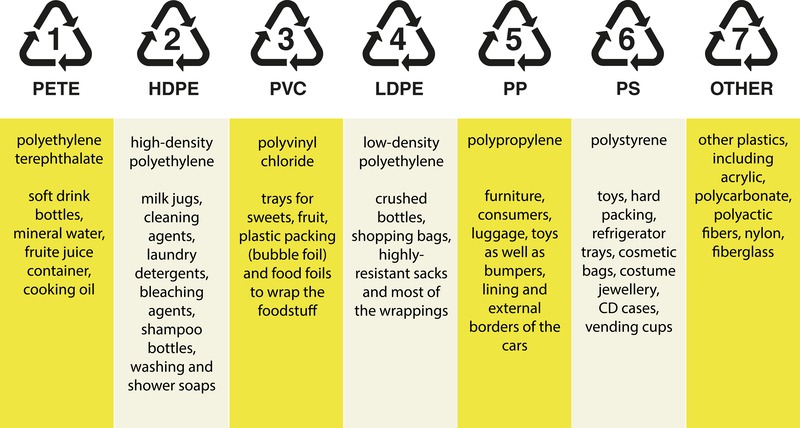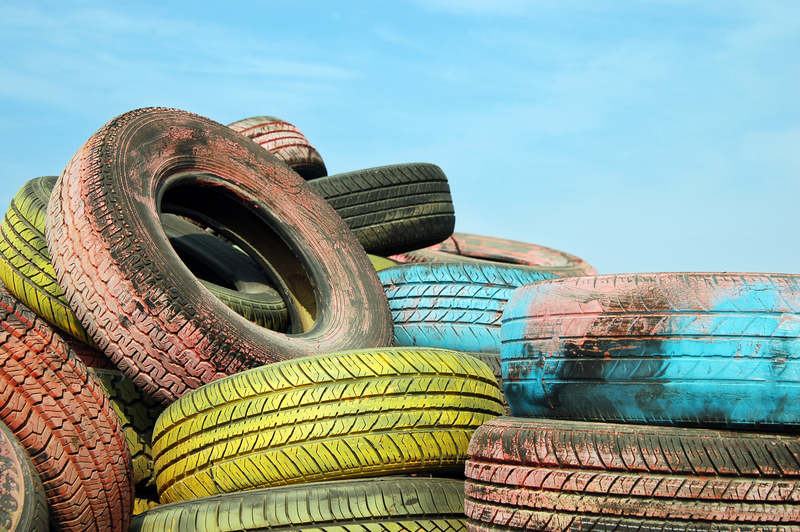Simple Actions for Effectively Disposing of PPE Waste
The surge in the use of Personal Protective Equipment (PPE) such as masks, gloves, face shields, and protective suits has become a defining feature of modern public health. However, improper disposal of PPE waste is a growing concern that affects both human health and the environment. In this comprehensive guide, we delve into simple actions for effectively disposing of PPE waste to ensure safety, sustainability, and compliance with environmental regulations.
Why Proper PPE Waste Disposal Matters
Everyday use of PPE by healthcare workers, industry professionals, and the general public has increased exponentially, especially since the global pandemic. While PPE protects users from infectious diseases and hazardous substances, mismanagement during disposal can lead to pollution, wildlife harm, and even pose health risks to waste handlers. Understanding practical steps for proper PPE waste disposal is crucial for everyone.
- Prevents virus and bacteria transmission through contaminated surfaces
- Reduces environmental pollution from non-biodegradable plastics
- Protects waste management workers from exposure to hazardous materials
- Supports community and ecological health by minimizing litter in public spaces
What Constitutes PPE Waste?
PPE waste includes single-use items such as:
- Disposable face masks and respirators
- Nitrile, latex, and vinyl gloves
- Face shields and safety goggles
- PPE gowns, aprons, and shoe covers
Notably, most of these materials are made from plastics or synthetic fibers, making them resistant to natural decomposition. This underscores the importance of responsible and effective PPE waste disposal practices.

Simple Yet Effective PPE Waste Disposal Actions
Let's break down the most practical and environmentally-friendly ways to manage PPE waste, whether in your home, office, or healthcare facility.
1. Separate PPE Waste from General Trash
A fundamental rule of effective PPE waste handling is keeping it apart from regular garbage. Set up dedicated, well-marked bins exclusively for PPE items. Use:
- Non-reusable, lined bins to prevent leaks and contamination
- Touch-free mechanisms such as pedal bins to avoid direct contact
- Clear labels identifying them as "PPE Waste" or "Biohazard" in medical settings
2. Secure PPE Before Disposal
Don't simply toss used masks and gloves into a bin. Follow these steps for safe and hygienic disposal of PPE waste:
- Place used PPE items in a small bag (preferably a biodegradable or compostable one)
- Tie the bag tightly to seal the contents
- Dispose of the sealed bag in a designated PPE waste bin, not in open trash or recycling
Example: When discarding a surgical mask, fold it outwards to contain droplets and use the ties to bundle it before bagging.
3. Never Recycle Contaminated PPE
A common mistake is assuming PPE can be recycled alongside regular plastics. In reality, most curbside recycling programs do not accept contaminated materials due to the biological risk.
- Do not put used masks, gloves, or wipes in your recycling bin
- Check with your local waste authorities for any special recycling programs for clean, unused PPE or specific items like face shields
4. Do Not Flush PPE Products
Some may attempt to flush disposable gloves or masks down toilets as a quick disposal method. This leads to serious plumbing blockages and water contamination issues.
- Always discard PPE in the trash, never down the drain or toilet
- Educate family and coworkers about proper PPE disposal protocols
5. Personal Hygiene After PPE Disposal
Handle discarded PPE as potentially contaminated. After disposing of any PPE, it is essential to:
- Wash hands thoroughly with soap and water for at least 20 seconds
- If soap and water are unavailable, use an alcohol-based hand sanitizer
- Avoid touching your face or eyes before proper hand hygiene
6. Follow Local Guidelines for PPE Waste Collection
Municipalities and organizations may have specific regulations regarding the collection, handling, and disposal of PPE waste. Always:
- Consult with local health departments or waste management websites
- Adhere to designated waste collection days or places for hazardous waste
- Report overflow or illegal dumping of PPE in your community
Eco-Friendly PPE Waste Disposal Alternatives
While single-use PPE provides critical protection, it also creates large volumes of waste. Here are additional sustainable actions for managing PPE waste responsibly:
1. Choose Reusable PPE Where Safe
Consider using washable fabric masks or protective gear if your environment allows it. This decreases reliance on disposable plastics and reduces PPE waste generation.
- Ensure reusable PPE is properly disinfected between uses
- Follow manufacturer instructions for cleaning and maintenance
2. Support PPE Take-Back and Recycling Programs
Some companies and organizations now offer take-back schemes for certain PPE items. These programs collect and process PPE waste with specialized recycling technology, turning them into usable products.
- Participate in community PPE recycling drives if available
- Partner with local businesses or suppliers that promote closed-loop recycling solutions
3. Use Certified Biodegradable PPE Products
Look for eco-friendly PPE alternatives made from certified biodegradable or compostable materials. Although not yet widespread, such options can significantly reduce the environmental impact when disposed of properly.
- Read product labels and certifications before purchase
- Educate others about the benefits of biodegradable PPE waste
Workplace Strategies for Effective PPE Waste Disposal
In institutional and commercial settings, adhering to robust PPE waste management practices is vital to safeguard staff, clients, and the public. Implement the following:
Conduct Regular Training Sessions
- Train staff on correct segregation and disposal of PPE
- Display informative posters or infographics near disposal points
Establish Clear Policies and Standard Operating Procedures (SOPs)
- Create and disseminate SOPs for collecting, transporting, and disposing of PPE waste
- Document and review procedures regularly to adapt to any changes in guidance
Engage with Licensed Waste Operators
- Work with accredited hazardous waste contractors for safe final disposal
- Maintain records of waste transfer and collection for compliance and safety auditing
Consequences of Improper PPE Waste Disposal
Failing to adopt effective actions for PPE waste disposal can result in severe consequences:
- Environmental pollution: PPE litter can clog drains, pollute water bodies, and exacerbate plastic waste problems.
- Human and animal health risks: Improperly discarded PPE can transmit pathogens to waste handlers, scavengers, and wildlife.
- Legal repercussions: Violating local waste management regulations may lead to fines and penalties for individuals or businesses.

Frequently Asked Questions About PPE Waste Disposal
1. Can I burn PPE waste?
It is generally discouraged to burn PPE waste at home, as it can release toxic fumes and pollute the air. Only licensed incineration facilities with proper emission controls should handle incineration of contaminated PPE.
2. Are there safe ways to reuse PPE?
Only select types of PPE, such as certain washable masks and gowns, are designed for safe reuse. Disposable gloves and masks should never be reused.
3. Where should I dispose of PPE waste in public spaces?
Many municipalities now provide special PPE waste bins in high-traffic areas. If none are available, carry a sealable bag with you to store used PPE until you return home and can dispose of it properly.
4. How can I help mitigate PPE environmental impact?
- Limit the use of single-use PPE where alternatives are safe
- Share information and encourage proper PPE disposal in your community
- Support innovation in sustainable PPE product development
Conclusion: Empower Your Community for Better PPE Waste Management
In sum, adopting simple actions for effectively disposing of PPE waste is imperative for curbing the environmental and health challenges posed by improper disposal. Whether at home, work, or in public, each individual can make a difference by:
- Using dedicated PPE disposal bins
- Securing and segregating PPE waste
- Following hygiene best practices after disposal
- Embracing eco-friendly and reusable alternatives when feasible
By raising awareness and building robust PPE waste management systems, we can collectively protect public health and our planet. Start today--dispose of your PPE responsibly and inspire those around you to do the same.
Remember: Every act of proper PPE waste disposal is a step towards a cleaner, safer, and more sustainable future for all.
